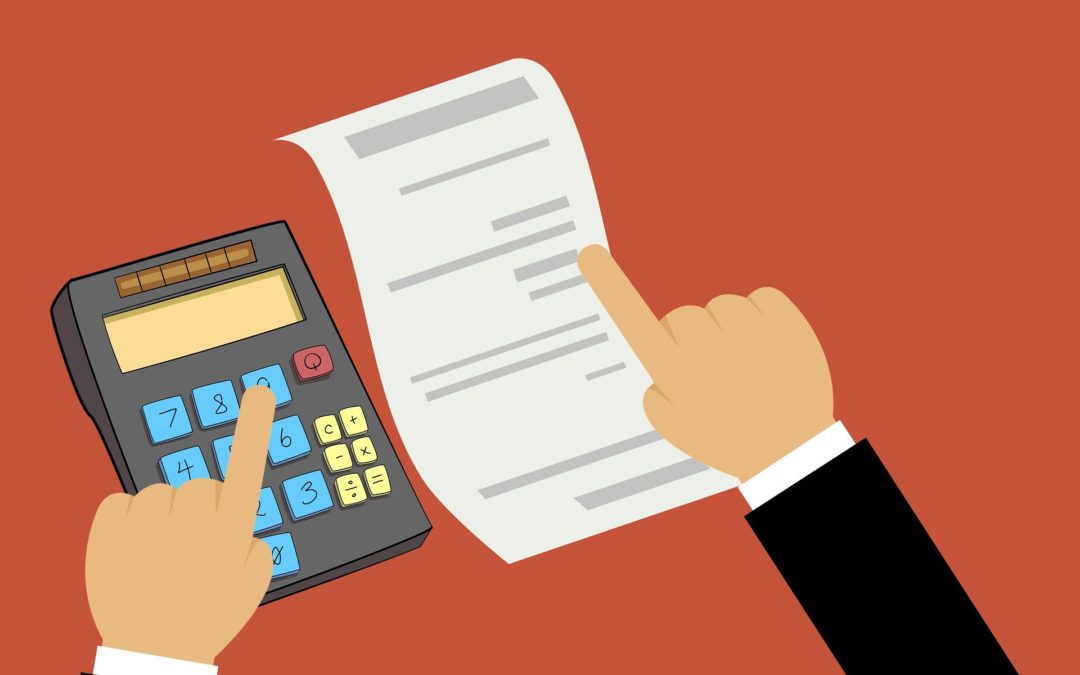Property owners in Texas are required to pay property taxes every year. Property taxes are something that must be paid but do you really understand your property tax bill? Texas is one of the only states that does not have a state property tax. The Texas Constitution and statutory law authorize local governments to collect the tax. The state does not set tax rates, collect taxes or settle disputes between you and your local governments..
The first step toward understanding your annual property tax bill is to understand how your county appraisal district and tax assessor-collector work.
- The local appraisal district sets the value of each property each year
- If you don’t agree with the value that is set for your property you can protest the value
- The tax rate is set by your local taxing units (county government, school districts, etc.), using tax rates that will provide the needed revenue for their annual budget.
January through April – Your property value is determined: How the property is being used on January 1 of any provided year, simultaneously with the market condition and who owns the property, all consolidate to determine how the value will be evaluated. New buyers living in their house on January 1 should note to ask for the homestead exemption no later than April 30.
May – Protest your property value: After getting your appraised value, your district will have a period when every property owner can protest the appraised value set by the appraisal office. Some appraisal districts now offer the ability to meet online for select reasons. Two of the most popular arguments from individuals are the paperwork from the county contains an error (like wrong square footage), or the selling price for nearby comparable houses is well under your assessed value. You will first file your objection either by mail or online and then be invited to speak to the appraisal review board starting in mid-May.
August through September – Your local taxing units will adopt tax rates for the forthcoming year in early Fall. These rates, defined by county government, school districts, and possibly others depending on your location (like junior colleges and hospitals), will be applied toward your property value to learn how much you will owe in property taxes for the year.
October – Tax bills go out: After the tax rates are set, you will receive your tax bill in the mail. It is the official amount you will be required to pay. It is your evaluated property value produced by the district’s approved tax rate. You have until January 31 of the following year to pay this bill. Beginning February 1, the taxing authorities will start charging penalties and late fees. Tax collectors can also begin to take legal action on unpaid tax bills at this time.
Understanding the process and getting ready for each stage is a unique way to know what to anticipate when your tax bill is mailed in October. However, at Ovation Lending, we understand that even the best plans can be interrupted. You can see how our property tax plans can keep you in good standing with the taxing authorities and give assistance in the form of flexible monthly payments. Contact us today to find out more about our program 877-419-7392
